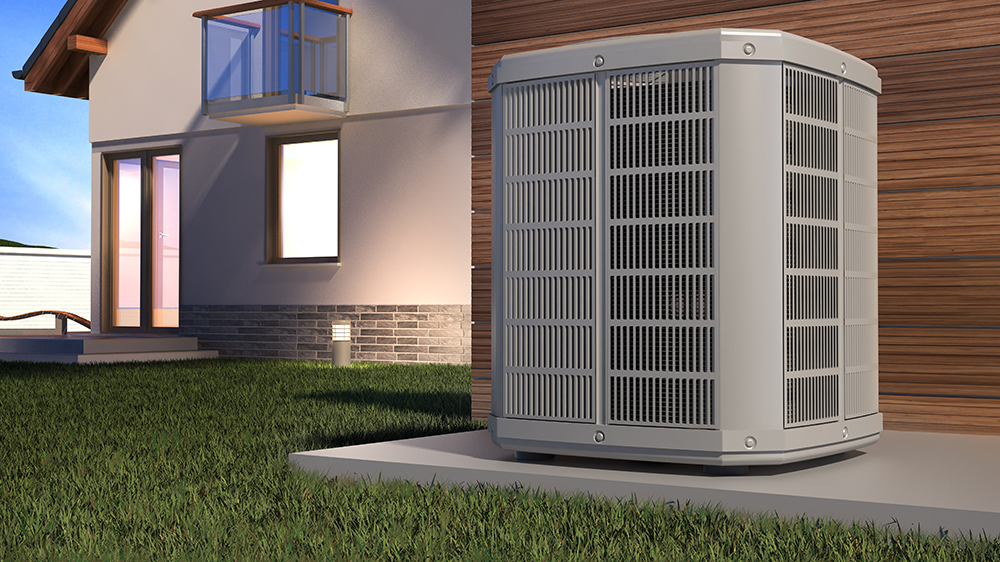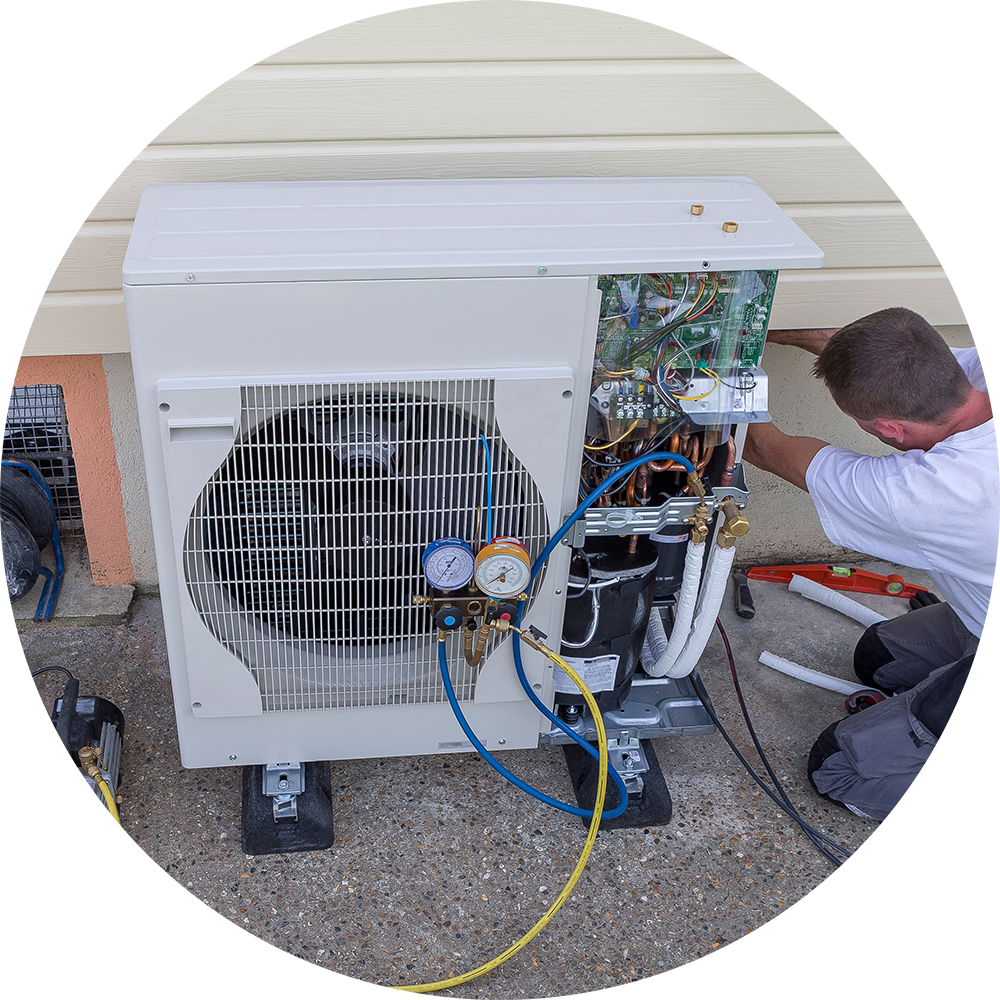What You Need To Know – Heat Pumps

Heat pumps will play a big part in the UK government’s commitments towards a net zero future. Within their 2020 Energy White Paper: Powering our Net Zero Future, the government has set the ambitious target of installing 600,000 heat pumps per year by 2028. Though it is predicted that annual global sales of heat pumps will double by 2030 to 20.8m units, currently less than 1% of UK homes have them. But what are heat pumps?
What are Heat Pumps?
There are three types of heat pumps: Ground Source Heat Pumps (GSHP); Water Source Heat Pumps (WSHP); and Air Source Heat Pumps (ASHP). However, when the news or government talk about heat pumps they are typically referring to air source heat pumps.
They all serve the same purpose; to extract heat from either the ground, water or air and, through a compressor and either gas or liquid refrigerant, pump this into your home. To put it simply, they work just like a fridge, but in reverse.
Ground Source Heat Pumps
A ground source heat pump enables us to make use of the natural heat below the earth. Ground Source Heat Pumps are made up of a network of underground water pipes (the ground loop) and a heat pump that is situated at ground level. A solution of water and antifreeze is pumped around the ground loop which absorbs the natural heat from below the ground. The pump then increases the temperature and transfers the heat from the water to the heating system.
Water Source Heat Pumps
Water source heat pumps are less common than their counterparts, mainly because many homes do not have access to a water source. They are very similar to GSHPs only the pipes are submerged into rivers, lakes or ponds to extract heat.
Air Source Heat Pumps
 Air source heat pumps use the outside air absorbed into a fluid. It is then passed through a compressor to increase the temperature. This increased heat is then transferred into your heating or hot water system. There are two types of ASHP; air to air and air to water. As the name suggests, air to water is used for both systems and is the most common form of heat pump used in the UK, whereas the air to air does not support a home’s hot water system.
Air source heat pumps use the outside air absorbed into a fluid. It is then passed through a compressor to increase the temperature. This increased heat is then transferred into your heating or hot water system. There are two types of ASHP; air to air and air to water. As the name suggests, air to water is used for both systems and is the most common form of heat pump used in the UK, whereas the air to air does not support a home’s hot water system.
An ASHP is installed outside the home either on the ground or high up on the wall. The unit needs a lot of room to ensure a good free flow of air. This external unit is connected to an internal unit that houses the pumps and hot water. For the heat pump to work, a home needs to have a central heating system. If one isn’t installed, it will need to be installed at the same time. A key factor in the success of heat pumps is ensuring a home has good insulation as they work best at low temperatures.
The Advantages of Heat Pumps
There are many advantages to heat pumps over conventional systems. The most important is they reduce the need for oil or gas use in the home. As the energy is produced naturally (though remember the system still requires electricity), it relies less on the grid, especially at periods of high demand.
But they also currently come with some disadvantages. The biggest is the cost; it is estimated that the cost of installing a heat pump is upwards of £8,000. The high cost is mainly down to it being a new technology but as the scale of operations increases, hopefully the cost per unit will decrease.
Funding
In the meantime there are a few grants available to help towards the cost of heat pumps. There is the Domestic Renewable Heat Incentive (RHI), which is set to close soon but will be replaced by the Clean Heat Grant aiming to commence from 2022, that would offer upfront funding of up to £4,000 for each household or business purchasing renewable heating technology. This grant is targeted at supporting air, ground and water-source heat pumps in households and small non-domestic buildings (systems with a capacity of up to 45kW). There are currently consultations on expanding what this can be used for and the grant would be managed by Ofgem with applications going through them.
The second is the Green Homes Grant, which came into effect at the end of September 2020. It allows homeowners and residential landlords to apply for a Green Homes Grant voucher towards the cost of installing energy efficient improvements within homes. These improvements can include insulation, low carbon heating and more, and cover two thirds of the cost of eligible improvements up to a maximum government contribution of £5,000. To be eligible for this grant, you have to live in England and own your own home or be a residential landlord in either the private or rented sector. The voucher must be redeemed and improvements completed by 31st March 2022.
Moving Away from Fossil Fuels
It is clear that the UK is on the path to move away from fossil fuels and implement renewable technologies. Heat pumps will play a large role in all of this. As with all new technologies, before agreeing to install one, make sure you know the cost, the impact to your home, how much money it could save you and your predicted return on investment.


